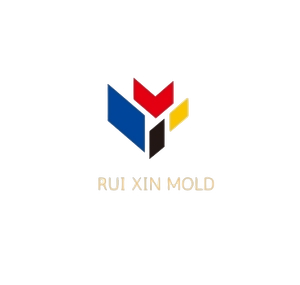Recent Posts
Tags
报错: 未找到这个表单
In the world of injection molding, achieving complex part geometries requires precise control over mold components. Sliders and lifters are key to unlocking design possibilities, enabling the creation of intricate undercuts and shapes. In this case study, we’ll explore how a project’s demands influenced our choice and application of sliders and lifters.
What are Injection Mold Sliders?

Injection mold sliders are mechanical components incorporated into mold designs to enable the production of complex plastic parts with features like undercuts, side holes, or protrusions that would be difficult or impossible to mold with a basic two-part mold.
Injection molding sliders are movable components in the mold that convert the vertical opening motion of the mold into horizontal movement. Their primary purpose is to form complex geometries and release the finished product upon mold opening, allowing for the creation of undercuts and other features that would otherwise prevent part ejection.
What are Injection Mold Lifters?

Injection Molding Lifters Working Principle
he lifter is incorporated into the mold closure and opening mechanism at an angle. During mold closure, the lifter moves into position to form the desired internal feature. When the mold opens, the ejector plate pushes the lifter upward and at an angle. This angled movement allows the lifter to retract from the internal undercut while simultaneously pushing the part upward. The distance the lifter moves corresponds to the internal undercut geometry. An ejector pin may be used to ensure the part doesn’t remain on the lifter after ejection.
The lifter’s motion is controlled by the action of the injection molding press pushing against the ejector plates, rather than using an angled pin like sliders do.
Lifters can be categorized as integral (single unit) or non-integral (two separate units). Integral lifters are typically used for smaller parts, while non-integral lifters are better suited for larger parts. The shape of lifters can also vary, with cylindrical lifters being simpler and more common, while T-shaped lifters are used for larger parts requiring higher precision.
When to Use Sliders vs Lifters:
The decision to use sliders or lifters in injection molding depends on several factors related to the part design, production requirements, and economic considerations. Sliders are the preferred choice when the part requires complex side features or lateral undercuts, when precision is crucial for intricate geometries, or when the undercut is large and necessitates significant lateral movement.
On the other hand, lifters are more suitable for parts with simple internal undercuts or features, when faster cycle times are a priority, and when cost-effectiveness is a key consideration. Lifters are also ideal when the undercut can be released with a combined vertical and angled motion.
Conclusion
Although injection mold slider and lifter use come with challenges, they significantly expand the possibilities in plastic part manufacturing. They enable the creation of complex geometries and intricate features that would be impossible with standard molds, improving part quality and reducing post-processing needs. As plastic part designs continue to evolve, the importance of sliders and lifters in injection molding is likely to grow. When implemented effectively, these mechanisms significantly enhance a manufacturer’s ability to produce high-quality, complex parts that meet modern industry demands.
Internal Links:
